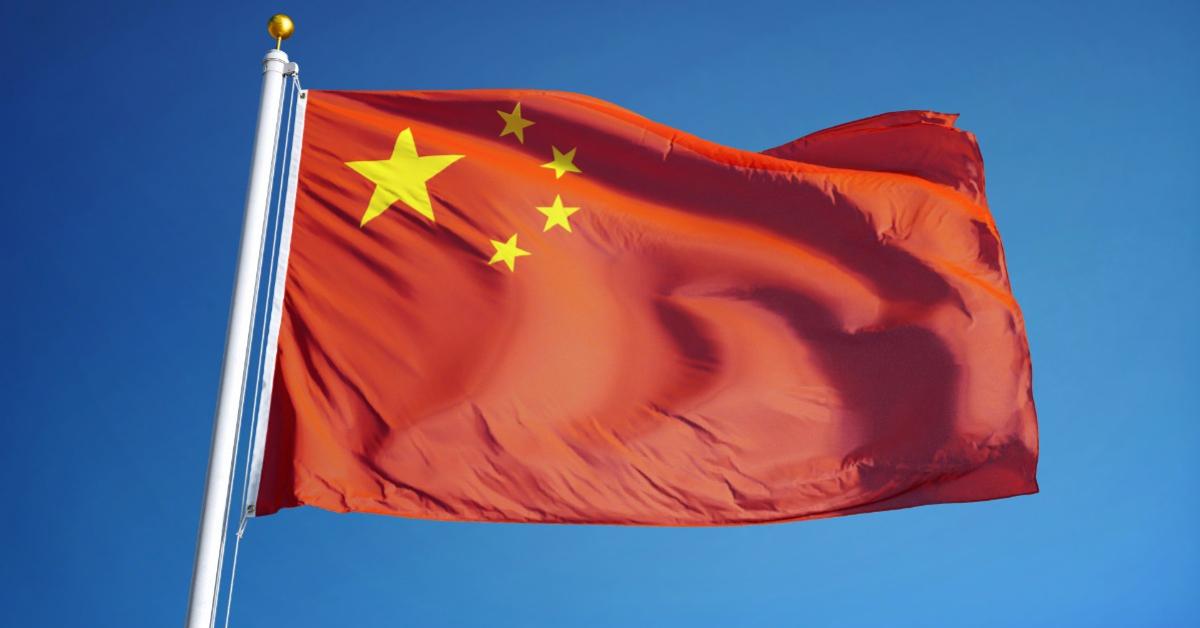
Despite America’s attention abroad being largely Russia-focused recently, the bigger fish to fry in Washington’s eyes is China. Even as the US pours aid package after aid package into the Ukraine conflict with one hand, it still manages to raise its other hand to wag a finger across the Pacific Ocean at its rival superpower. But like every other country in the world, China has been watching America’s cavalier foreign policy and interventionism in the past decades. Now China is wagging a finger back.
Sounding the Alarm
China recently concluded hosting a two-day China–Central Asia summit in the historic city of Xian where the ancient Silk Road connected imperial China to the cultures to its west. Addressing the leaders of the Central Asian countries, Chinese president Xi Jinping made statements on the future of Beijing’s engagement with the neighboring region through investment plans, freer trade terms, science and technology exchange, boosted tourism and agriculture, and security cooperation.
On the last point, Xi turned his attention to the United States. He minced no words saying, “We should act on the Global Security Initiative, and stand firm against external attempts to interfere in domestic affairs of regional countries or instigate color revolutions.” With this statement, Xi called out the US and warned against the type of meddling that Washington has discreetly carried out in recent decades.
Basis of Color Revolutions
Color revolutions have been consistently observed since the early ’90s after the fall of the Soviet Union and its sphere of influence. They are characterized by seemingly grassroots popular movements in the name of achieving freedom in nominally less democratic countries. These movements typically involve mass protests, demonstrations, and civil resistance movements aimed at toppling or changing the existing government regime. Often little understood or dismissed as conspiracy theories or disinformation, the US government has funded and guided so-called color revolutions in dozens of countries, particularly those that have leaned in favor of Russia or China in key geographic locations at their peripheries and beyond.
The mechanism of bringing about color revolutions is the nongovernmental organization (NGO). While on the surface, NGOs purport to promote democratic institutions, civil society, and good governance, groups like the National Endowment for Democracy (NED) and the Open Society Foundations have played a defining role in stoking political unrest, disrupting internal institutions and elections, and bringing pro-American leaders to power. Thus, under the guise of protecting democracy and freedom, color revolutions undermine elections and sovereignty in the name of the American empire.
Chinese Foreign Policy
Setting China’s authoritarian leadings aside, Beijing’s foreign policy offers an alternative to the American “my way or the highway” (or worse) approach to international relations. In contrast to American interventionism, China’s foreign policy revolves around its so-called Five Principles of Peaceful Coexistence: mutual respect for sovereignty and territorial integrity, mutual nonaggression, noninterference in each other’s internal affairs, equality and mutual benefit, and peaceful coexistence. These principles emerged in the mid-1950s when the new communist government of the People’s Republic of China wanted to befriend foreign countries.
Pledging that China would not interfere in other countries’ internal affairs and respecting national sovereignty have been key differences in China’s approach to international cooperation and development compared to Western countries and their organizations. Now it appears that Beijing may go a step further and work together with its allies to collectively safeguard domestic matters from foreign influences like those US government-funded NGOs.
On Notice
This wouldn’t be the first time that the Chinese leader explicitly spoke out against color revolutions. At the latest Shanghai Cooperation Organisation summit in Samarkand, Uzbekistan—coincidentally, another key node on the Silk Road—Xi warned leaders of Central Asia, Russia, India, Pakistan, and Iran that “it is important not to allow attempts by external forces to provoke a color revolution,” and that the member states should “jointly oppose interference in the affairs of other countries under any pretext.”
Again, none of these countries are run by governments that we here in the West would like to emulate, but attempting to covertly flip them into Jeffersonian Republics is underhanded and pushes those countries to distrust the US and its values entirely. After all, the two color revolutions within a decade that tore Ukraine apart were major contributing factors to the current conflict with Russia.
Ironically, China has become the country offering economic cooperation under the terms of national sovereignty and encouraging peace while the US claims to uphold the international “rules-based order” that has overthrown governments, brought economic turmoil, and waged despicable wars and militarism around the world. As the tensions and rivalry between the US and China continue to ramp up into the foreseeable future, more countries may start to favor the Chinese approach to doing business and become more confident in pushing back against America’s already wobbling influence on the world stage. Washington might find it increasingly risky to continue running the color revolution playbook.






